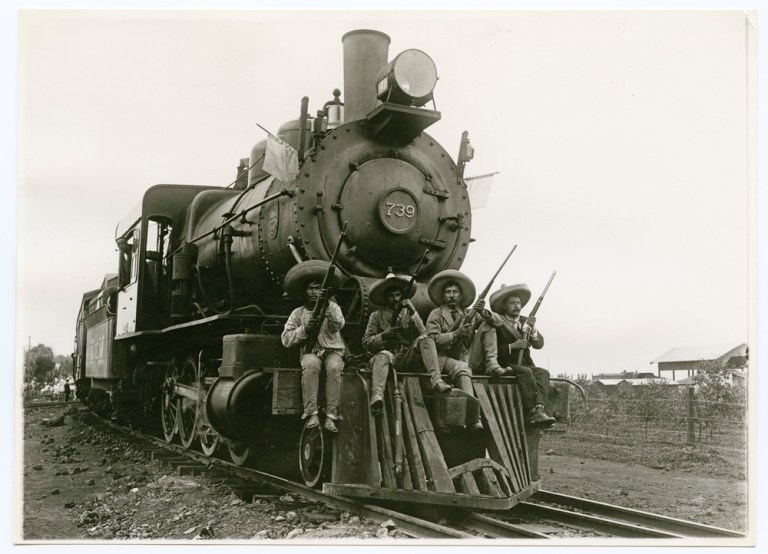This Journalist Is Traveling The Migrant’s Heart-Wrenching Journey Through Mexico To Raise Awareness
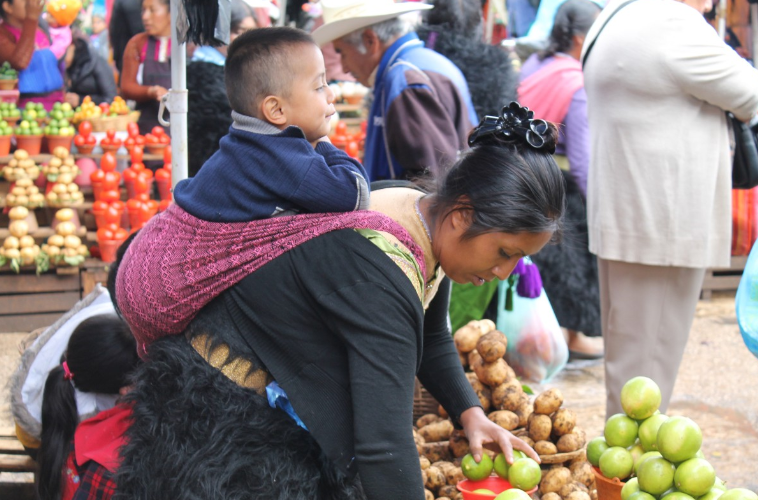
Mexico is a land of arrivals and departures, but who are these nameless people? Why do they leave? What do they feel during the journey?” Italian journalist Guendalina Maria Anzolin hopes her new project will help answer these questions, particularly pertaining migrants from Central and South America. For Polarr, Emily von Hoffmann sat down with her to find out more.
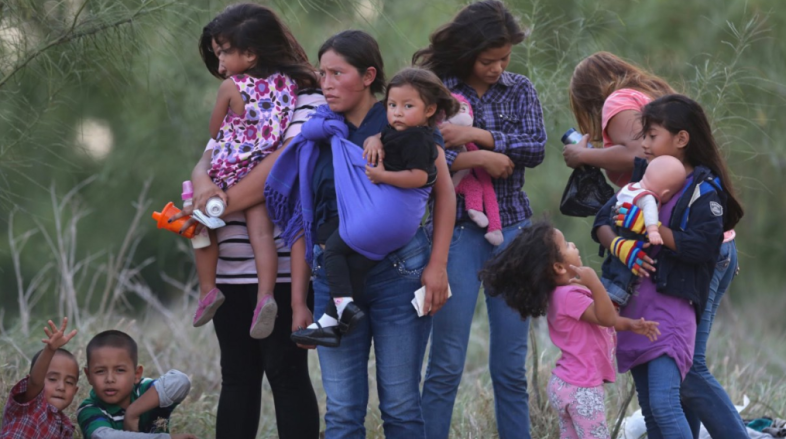
Emily: Can you please describe the concept of your project, MigraMexico, for our readers?
Guendalina: MigraMexico is a crowdfunding project that was born after I was denied a scholarship for the same purpose from the Mexican government. I didn’t want to give up my project so I decided to try another way; I had nothing to lose. The project will go deeper in the story of the people who every day climb up Mexico. In the north there are Mexican people who are trying to pass the U.S. border in some of the most dangerous and precarious ways — but from the south there are all the people coming from Central and South America who are literally scaling the continent to get a better life.
Once the migrants from Central and South America arrive in Mexico, they have made the first step. A lot of them spend weeks, months, and sometimes a year to climb up Mexico. During this step, they have to be careful about the police, the false promises of the polleros (human smugglers) and all the traps that arise from being illegally in another country. The main goal of this project is to give voice to these people, to underline the urgency of taking action for and with them. Human beings are still treated in a different way depending on the country they come from.
But who are these people? What do they hope for? Why do they leave despite the thousands who disappear and die during their journey? How do the Mexican authorities behave towards the immigrants in Mexico? To try to answer to all these questions I thought I would try to do a journey similar to theirs, stopping by some of the casas de los migrantes and trying to get close to them.
E: How did the idea for this story arise?
G: The idea started almost an year ago, while I was living in Mexico (after I graduated I spent five months in the Americas, two and half in Mexico and the others in South America). While I was there I had the chance to get in contact with some people who have tried succeeded in passing through the border. One of them tried three times; the last attempt left him in the desert without food or water for three days. I interviewed him and wrote a mini-reportage out of it. After listening to some of their stories, I realized how little this topic has been covered.
So the main point is to raise awareness about what’s happening and who these people are.
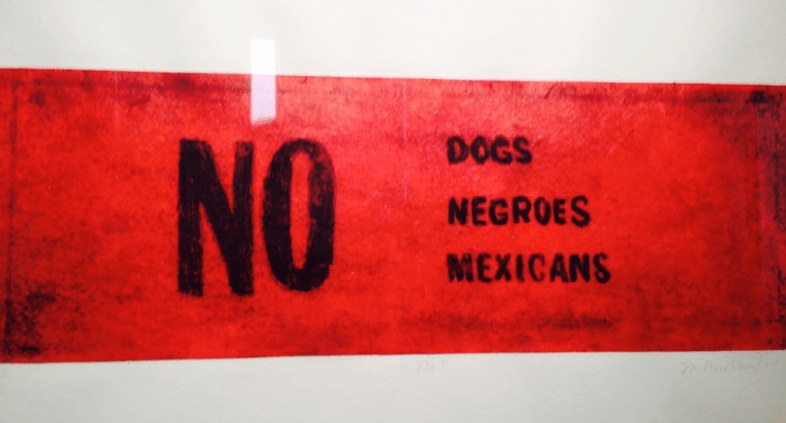
E: How did you become interested in reporting on immigration?
G: This is always the funniest question to answer — the first part is my interest in Mexico. Oddly, Mexico became an important force in my life after I lived with some Mexican people during my university exchange in Singapore. Since then I’ve been feeling more and more interested in the country — I should say I’m in love. This happened in 2012, and after that I began studying the country and finally visited last year. As soon as someone begins to know Mexico, the complex relationship between Mexico and the United States becomes immediately evident. A big part of this complexity emanates from the topic of immigration.
Definitely one huge part of the issue is the Mexican people and their shocking stories, especially close to the U.S. borders, but there was another part — that of all the Central and South American people arriving in Mexico.
Now immigration is a huge issue all over the world, but this immigration is different in that it has its roots in the history of the continent; it’s not the result of a war, as in Syria, it’s something much more permanent that’s resistant to progress.
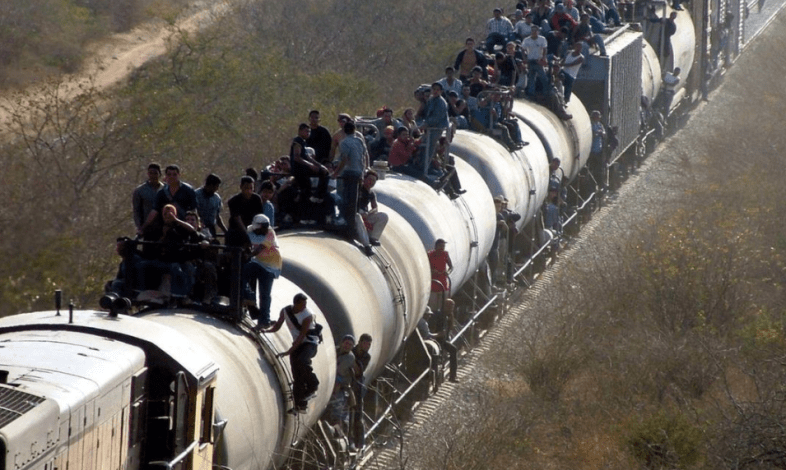
E: You plan to follow the ruta migratoria from Chiapas to the north of Mexico — how long do you expect the journey will take?
G: My plan is to stay there for at least two months. I’ll follow the ruta for one and half months, and then spend 15–20 days in Mexico city to get in contact with some relevant NGOs. At the moment I am in contact with six casas de los migrantes, the first one in Tabasco and the last one in Coahuila. Hopefully, in order to do the story the way I want to, I’ll be able to stay for up to three months.
E: How will you approach people, and what do you hope to learn?
G: The journey is really a way to get more in contact with the migrants, to meet them in places where they normally stop, to see and speak with the people that help them everyday. For example, in “la 72”, which is a casa de los migrantes in Tabasco, the people working there have started to teach the migrants how to use Internet.
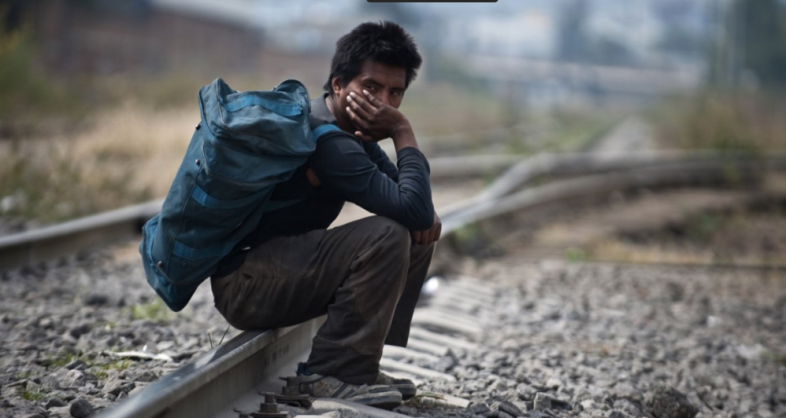
This could seem nothing special, but it is: One of the most tragic aspects of the journey is that a huge number of people disappear.
I’d like to hear from them about why they keep leaving, despite the fact that they have a high probability of dying or disappearing.
E: How did you establish contact with the six casas de los migrantes along the route?
G: I have many friends in Mexico, actually one of my best friends is there. They helped me a lot in finding the first contact, and then I got in touch with them and started to explain my project. All of the casas replied back to me, except from one in the Veracruz state. As when I stayed in Mexico, I understood that my ability to speak very good Spanish was very important, and helped everyone feel more comfortable. When I was there, a lot of people didn’t notice that I was from abroad and this helped me get closer to them. I wouldn’t do this kind of experiment in a country where I didn’t have a good grasp of the language; it would be too high an obstacle.
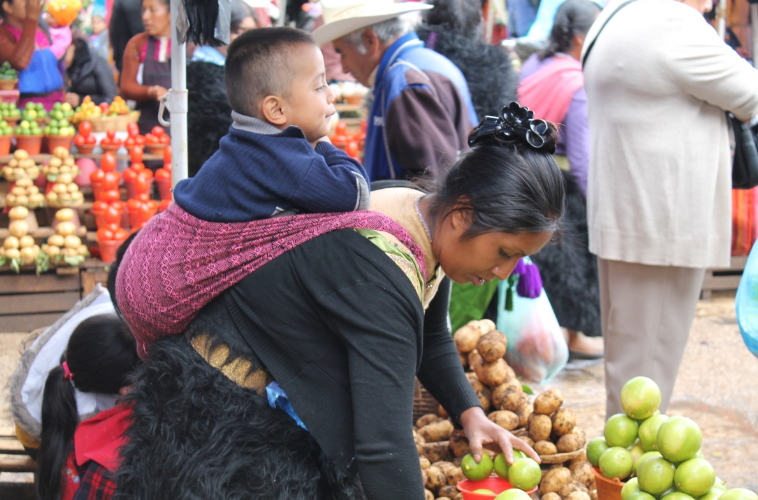
E: You plan for the project to end in a meeting in Mexico City with activist group Centro Prodh. What do you hope will happen in that meeting?
G: I want to meet them before and after my journey. They have consultative status in front of the United Nations, and they are an important player in the immigration topic in Mexico right now — especially in terms of disclosing what the Mexican authorities do (and don’t do) with the migrants coming from the south. It will be important to have some more information about cases and numbers before leaving, and to confront the result of my journey in terms of the stories and perspectives for the future. ![]()


